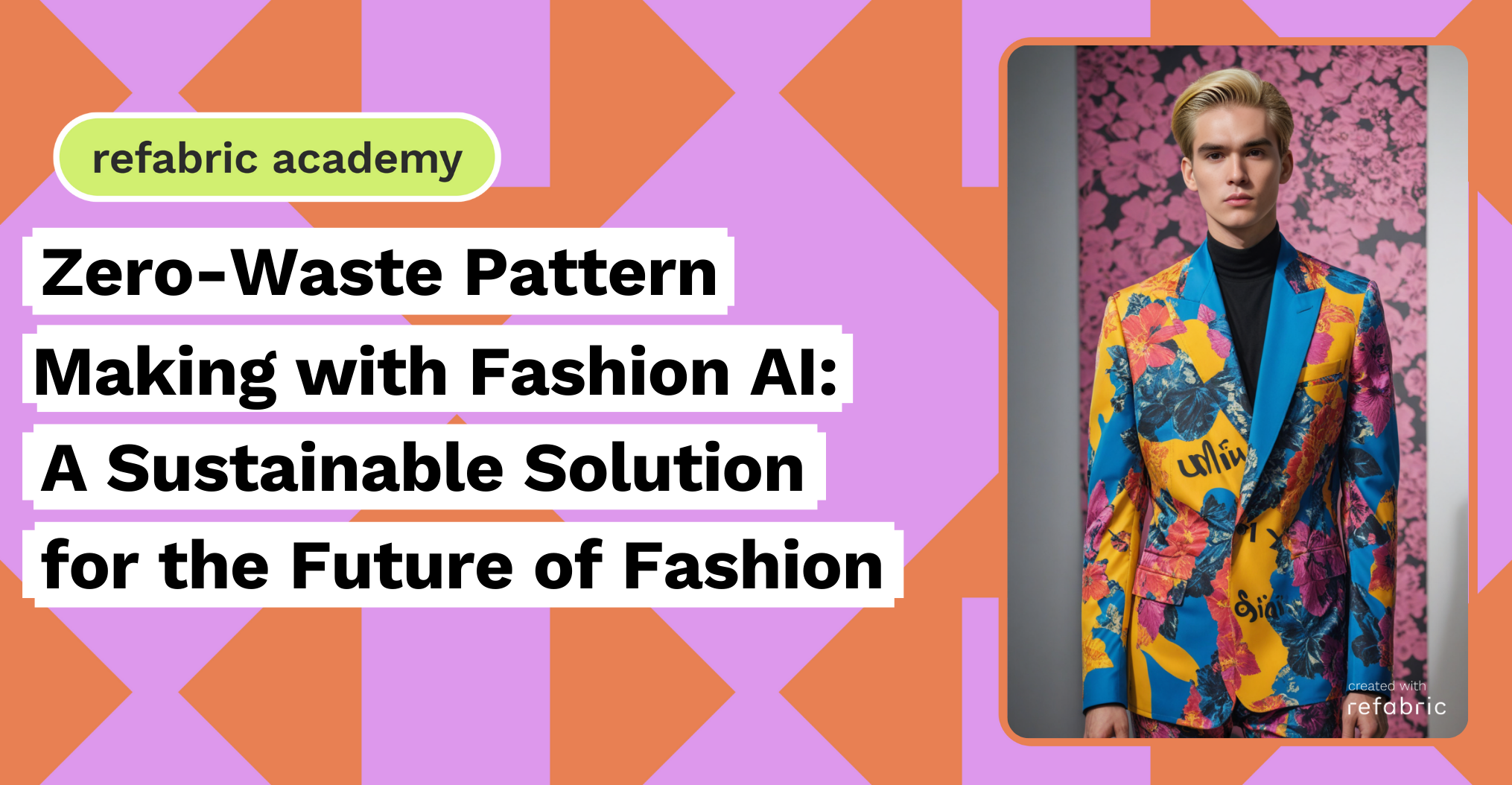The Problem with Traditional Pattern Making
In conventional fashion production, fabric waste is an inevitable byproduct of cutting and assembling garments. The layout of patterns on fabric—known as the marker—plays a crucial role in determining how much waste is generated. Designers typically work with predetermined shapes, but these shapes don’t always align perfectly with the fabric’s dimensions, leaving behind unused scraps that are either discarded or recycled. While some brands have made strides toward minimizing waste, achieving zero waste in traditional systems has been extremely challenging.
The rise of fast fashion exacerbated the issue, as mass production processes prioritize speed and cost-efficiency over sustainability. It is estimated that approximately 15% of fabric used in garment production is wasted during the cutting process. For luxury brands that place a premium on quality and craftsmanship, reducing this waste has become a pressing concern as sustainability becomes an increasingly important consideration for consumers and the industry at large.
Zero-Waste Pattern Making with Fashion AI
AI-powered tools offer a transformative approach to solving the problem of fabric waste in fashion. By leveraging advanced algorithms, fashion AI can analyze and optimize every step of the design and production process, including pattern making. Zero-waste pattern making using AI ensures that fabric usage is maximized and waste is minimized, paving the way for a more sustainable production cycle.
Here’s how AI-powered tools achieve this:
- Optimized Fabric Layouts: AI-driven pattern-making software can create highly efficient fabric layouts that leave little to no waste. By using algorithms to calculate the best possible arrangement of pattern pieces, AI ensures that the maximum amount of fabric is utilized. This process often involves rotating and repositioning pattern pieces in ways that might not be obvious to the human eye, resulting in minimal leftover fabric.
- Customizable Patterns: Fashion AI allows for the creation of customizable, made-to-measure patterns that are tailored to specific body shapes and garment styles. This level of customization reduces the need for excess fabric in generic sizing and ensures that each piece of material serves a purpose. With made-to-order or on-demand production models becoming more popular, fashion AI can further reduce fabric waste by only producing what is needed.
- Real-Time Fabric Usage Predictions: Fashion AI tools can analyze and predict fabric usage in real time, allowing designers to make informed decisions during the design phase. Designers can instantly visualize how their patterns will fit on a roll of fabric, adjusting their designs to eliminate unnecessary waste. This real-time feedback system helps designers maintain their creative vision while working within sustainable guidelines.
- Integrating Sustainability into the Design Process: One of the most significant advantages of fashion AI is its ability to integrate sustainability directly into the design process. By identifying opportunities to reduce fabric waste early in development, fashion AI empowers designers to rethink the way they approach garment construction. This enables the creation of clothing that adheres to high-end design standards without compromising on sustainability.
- Refabric’s AI Tools: Pioneering fashion AI platforms like Refabric offer cutting-edge solutions for zero-waste pattern making. These tools allow designers to train AI systems using custom datasets, optimizing pattern efficiency and enabling sustainable design choices from concept to creation. The integration of real-time trend analysis, 3D design generation, and automated pattern creation makes Refabric a powerful tool in promoting sustainability across the fashion industry.
Sustainability Without Compromise on Design
The primary concern for luxury fashion brands when adopting sustainable practices is whether they can maintain their design standards. Zero-waste pattern making powered by fashion AI addresses this concern head-on. By using data-driven techniques, designers can create garments that not only meet their aesthetic and functional goals but also adhere to rigorous environmental standards.
For instance, fashion AI can help designers identify fabric patterns that align with the brand’s creative direction while simultaneously maximizing material usage. This means that zero-waste designs are no longer limited to simple or minimalistic styles. High-end, complex designs can also be achieved while minimizing waste, enabling fashion houses to stay true to their identity and maintain the level of craftsmanship expected by their clientele.
The Future of Fashion is Sustainable
As sustainability continues to reshape the fashion landscape, the adoption of AI-powered zero-waste pattern making is set to play a central role in reducing the industry’s environmental footprint. The combination of AI’s ability to optimize material usage, minimize waste, and uphold design excellence creates a winning formula for the future of fashion.
By embracing these innovative technologies, fashion brands can lead the charge in making the industry more eco-friendly while ensuring that the artistry of design remains uncompromised. Zero-waste pattern making with fashion AI is not just a trend—it is the next frontier in sustainable luxury.
